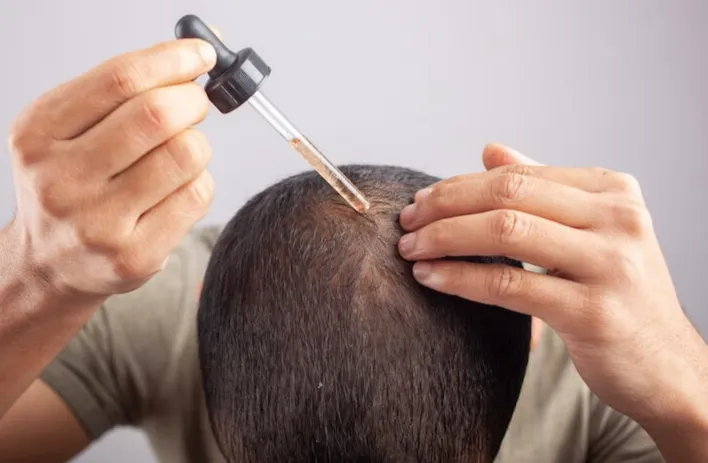Unbiased Hair Loss Treatment Reviews: Separating Facts from Fiction
Hey there, lovely readers! It’s Theresa here. Today, I’m donning my scientist hat (not my bad hair day hat!) to discuss a topic close to many scalps — hair loss treatments. Now, we’ve all seen those splashy ads promising lush, full hair, and maybe even felt that tiny pang of hope. But how much of it is genuine, and how much is just… well, hot air? Let’s find out.
🤔 The Root Cause of Hair Loss
Before diving into treatments, it’s essential to understand why hair loss happens. From genetics to stress, hormones, and even that tight ponytail you wear every day – there are numerous culprits. It’s not just a “guy thing”; ladies, we’re in this boat too.

🌱 Natural Vs. Chemical: The Great Debate
When it comes to hair loss treatments, there’s a clear divide: Team Natural and Team Chemical.
Team Natural:
- Biotin: The beauty vitamin! Biotin has been heralded as the go-to for hair and nail growth. But while it does wonders for some, for others, it’s just another vitamin.
- Rosemary Oil: This aromatic herb isn’t just for your Sunday roast. Some folks swear by its circulation-boosting properties to stimulate hair growth.
- Scalp Massage: It’s relaxing, it’s rejuvenating, and yes, it might help promote hair growth by improving blood flow.
Team Chemical:
- Minoxidil: Probably the most recognized name in the hair loss game. It’s got science backing it, but results can vary.
- Finasteride: A prescription pill that messes with your hormones to combat hair loss. Effective for some, but it comes with potential side effects.
🔍 My Deep Dive into Hair Loss Treatment Reviews
While sifting through countless reviews, blogs, and scientific papers, I noticed a trend. The effectiveness of a hair loss treatment often boils down to the individual. It’s like skincare – what works wonders for your best friend might do zilch for you. However, a few general observations stood out:
- Natural treatments generally have fewer side effects but can take longer to show results.
- Chemical treatments can provide quicker results, but there’s always a risk of side effects.
- Consistency is king! Whatever route you choose, stick with it.
🚫 Beware the Snake Oils!
Now, in my research, I also stumbled upon treatments that seemed…fishy. Like, “grow 6 inches of hair overnight” kind of fishy. Friends, be wary of such miraculous promises. If it sounds too good to be true, it probably is.
🤝 Consult, Consult, Consult!
Before trying any treatment, have a chat with a professional. A trichologist or dermatologist can give insights tailored to you. Your hair is unique, and it deserves personalized care.
🌟 Theresa’s Top Tips
- Balanced Diet: Like mama always said, “You are what you eat.” Ensure you’re getting a balanced diet with all the necessary nutrients.
- Gentle Hair Care: Avoid harsh chemicals, and maybe let your hair down (literally) from that tight updo once in a while.
- Manage Stress: Whether it’s yoga, reading, or a Netflix binge, find your zen. Your hair will thank you.
Wrapping it Up with a Bow (or a Braid!)
In the vast, confusing world of hair loss treatments, I hope this little guide provides some clarity. Remember, hair loss is a part of life. It doesn’t define your beauty or worth. But if you choose to seek treatment, do so with knowledge and confidence.
Till next time, keep those locks luscious and that head held high! 🌸